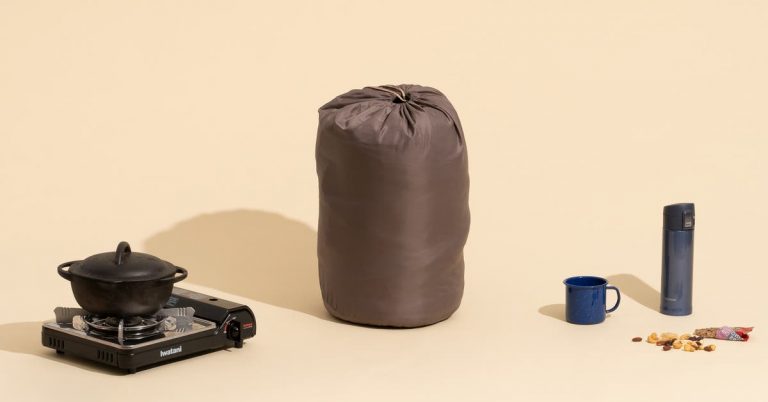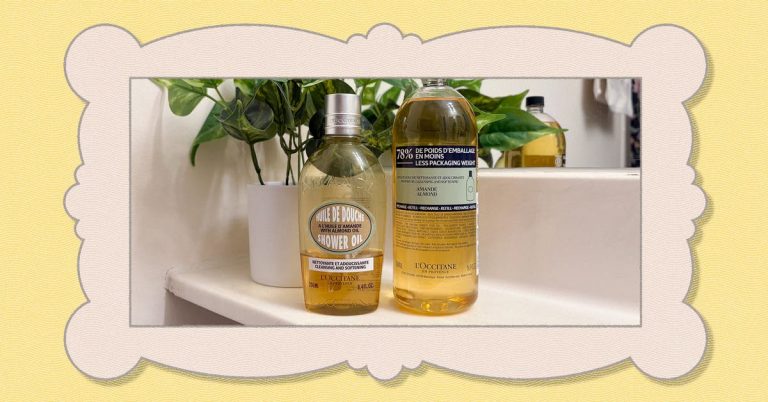The 5 Best Gins of 2025

Our picks were standouts in flavor, balance, or value (or some combination of the three). But all the gins we tasted were palatable and of good quality. We’ve compiled notes on every bottle we tasted, and if one of our picks isn’t right for you, maybe there’s one in this section that better suits your needs.
Classic and assertive: Even if you don’t drink gin, you can probably still picture Tanqueray London Dry Gin’s iconic round green bottle. This has the unctuous mouthfeel and in-your-face piney-ness that are characteristics of old-school gin. But the individual flavors stand out, instead of coming together in a cohesive way. I imagined a roll call in class as I sipped the Tanqueray martini. Juniper? Here! Coriander? Here! And so on.
There’s no mistaking a Tanqueray gin and tonic. During our brand-concealed tasting, Tammie and I both noted the familiarity of the cocktail. Tammie said, “This is exactly what I’d expect if I ordered a G&T on an airplane.”
Botanicals: juniper, angelica, coriander, licorice
What we like it in: a quintessential gin and tonic
Where it’s made: Scotland
Heavy and serious: Hayman’s London Dry Gin starts out with assertive juniper and orange peel. It then softens a bit in the middle, where it’s balanced by earthy root flavor, spices, and delicate floral sweetness. Hayman’s London Dry is for folks who love intense gin-based, spirit-forward drinks, like a martini. It shines on its own much better than when mixed with tonic. Surprisingly, most of Hayman’s intense flavors were muted in the gin and tonics we made.
Botanicals: juniper, coriander, lemon peel, orange peel, angelica root, cinnamon, cassia bark, licorice, nutmeg, orris root
What we like it in: a martini
Where it’s made: England
Super easy to drink: “I could’ve confused this for vodka,” Tammie said while sipping a martini made with Sipsmith London Dry Gin. It’s floral and light in character, and it doesn’t challenge the drinker in any way. And that’s not necessarily a bad thing! The floral notes, while muted in a martini, became more perceptible when we mixed Sipsmith with tonic—and I suspect the squeeze of lime also helped draw out that flavor. If you’re looking for an easy-drinking gin, Sipsmith might be the one for you.
Botanicals: juniper, orange peel, lemon peel, coriander, orris root, licorice, angelica root, cinnamon, cassia bark, almond
What we like it in: a martini for a vodka drinker
Where it’s made: England
Rooty and earthy: Bombay Sapphire Gin’s iconic turquoise bottle was all the rage in the ’90s and a mainstay in my dad’s liquor cabinet. Bombay Sapphire is supposed to be a lighter and more citrusy version of Bombay Dry. But in our tasting, we found that Sapphire’s rooty earthiness dominated the palate. It’s dirty, but in a good way. The citrus does come through in the finish, though, and right on time. The best way to enjoy Sapphire’s subterranean flavor profile is by mixing it into a dry martini. We were much less impressed with our Bombay Sapphire gin and tonics, which tasted heavy and perfumy.
Botanicals: licorice, cassia bark, coriander, angelica root, juniper, orris root, lemon peel, grains of paradise, cubeb berry, almond
What we like it in: a martini
Where it’s made: England
Spicy and dusty: Bombay Dry Gin is meant to be imbibed as you sink into an old cracked-leather club chair. It’s savory and rooty like Bombay Sapphire, with a clean finish. But Bombay Dry has much more spice—specifically coriander—dominating the midpalate. We agreed that there was a “cologne-like” quality to this gin that gave our martinis an oily mouthfeel. And the blast of coriander made our G&Ts taste heavy, instead of refreshing and bright.
Botanicals: licorice, cassia bark, angelica root, lemon peel, juniper, coriander, orris root, almond
What we like it in: an assertive martini
Where it’s made: England
Floral and perfume-y: Never in a million years would I have realized that Gordon’s London Dry Gin tastes like rosewater. But these are the kinds of weird revelations one has in a blind tasting. While sipping her Gordon’s martini with a faraway gaze in her eyes, Tammie said, “I’d like to drink this with Moroccan food.” Gordon’s hits first with juniper for a split second, then the rest is intensely sweet, floral, and a little bit fruity. This flavor profile makes for an interesting martini. But our Gordon’s G&Ts tasted like perfumed lotion.
Botanicals (incomplete list; full recipe is “closely guarded since 1769”): juniper, coriander, angelica root, licorice, orris root, orange peel, lemon peel
What we like it in: a martini (if you like rosewater)
Where it’s made: Canada
Light and a little muted: Light, citrusy, and easy to drink, Fords Gin relies on soft floral sweetness to balance out sprucy juniper notes. But we found it to be a little too muted. Fords made an easy-drinking, if uninteresting, martini. The floral character is amplified in a gin and tonic, so much so that that’s all we could taste.
Botanicals: juniper, coriander, angelica, lemon, orris root, orange, grapefruit, cassia bark, jasmine
What we like it in: an uncomplicated, crowd-pleasing martini
Where it’s made: England






